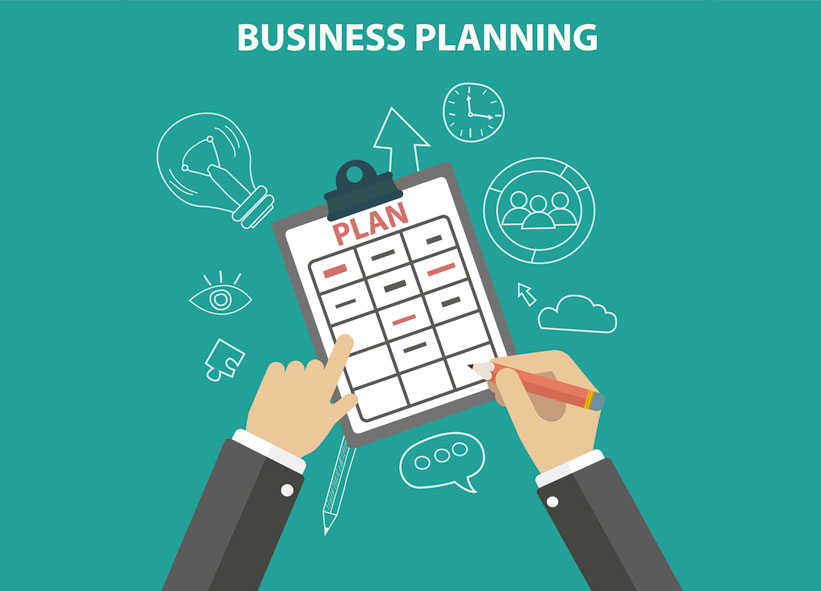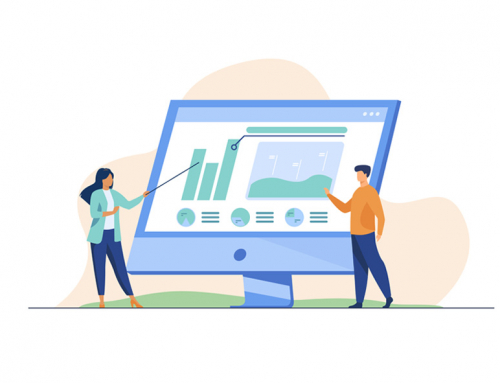The basic document to undertake is the business plan. It will give us the keys to how viable our project is, that is to say it is, above all, a document to find the most important mistakes and plan for success.
- Business idea
- Mission: what we do, what is our reason for being.
- Vision: how we want our clients, workers, etc. to see us
- Potential clients: who they are, where they are, what they expect, what they need, …
- Value proposal: what benefit do we bring to the client, how do we contribute it, why we, and not the competition.
- DAFO
- Marketing Mix: what product we offer, at what price, how we distribute it, as we announce it, ..
- Sales forecasts, investment and financing forecasts, ratios and profitability estimates.
- Organizational aspects: how we organize ourselves to achieve our goals.
- Relations with the environment and Corporate Social Responsibility.
All this is part of the executive summary and is an initial synthesis to develop a business plan, which serves to make our project known to third parties.
Within the business plan we wanted to highlight the SWOT analysis and marketing or marketing decisions Mix.
DAFO
Weaknesses: internal negative aspect. For example, the scarce qualification of the people who face the business project.
Strengths: internal positive aspect, for example motivation.
Threats: external negative aspect, for example very strict regulations.
Opportunities: external positive aspect, for example the lack of similar products.
Marketing Mix
- Product
a. Brand: Identifies and distinguishes the product. Of enormous value to position itself in the market. It must be easy to pronounce and remember.
b. Logo: part of the brand that is not pronounced. So powerful that, at times, almost comes to replace the brand.
c. Packaging: protects and promotes the product. Useful to establish promotion and distribution strategies.
d. Label: inform and promote.
e. After-sales service: they generate part of the value demanded by the customer (guarantees, customer service, customer participation, …)
f. Life cycle: phases that the product goes through during its presence in the market. Introduction (lower sales losses), growth (sales growth with the emergence of benefits), maturity (stabilization of sales and maintenance benefit) and decline (falling sales and occurrence of losses) - Price
a. For the client, monetary expression of the value that the consumer perceives the product.
b. For the company, monetary amount that covers the total unit costs of the product and ensures a profit margin.
c. Prices based on competition.
d. High prices, associated with a higher value for the consumer.
e. Low prices, associated with quality economic products. - Distribution
a. Strategies aimed at having a presence have presence in the selected markets just at the moment in which the client wishes to acquire the product (utility of place, utility of time). Should be taken into account: transport costs, storage, product characteristics (perishable or not), alliances with suppliers and competitors, etc.
b. Distribution without intermediaries, direct sale from factory to customer, dropshipping.
c. Distribution with intermediaries, wholesalers who place the product to retailers and customers. - Promotion
to. Publicity: impersonal form of promotion. It uses mass media (press, radio, television).
b. Sales promotion: discretionary actions (brochures, offers, 2×1, 3×2, discounts, samples, etc). Accessible for small and medium-sized companies due to lower advertising costs.
c. Direct sales: personal promotional actions in which the company uses its sales team to reach the consumer directly without using intermediaries.
d. Commercial: actions of sale and direct promotion with sellers-public relations.
The business plan gives us answers of what is not done, what has been thought wrong, or simply the impossibility of achieving success with the approach. It’s simple, it’s done in a short time and it gives very useful information.






